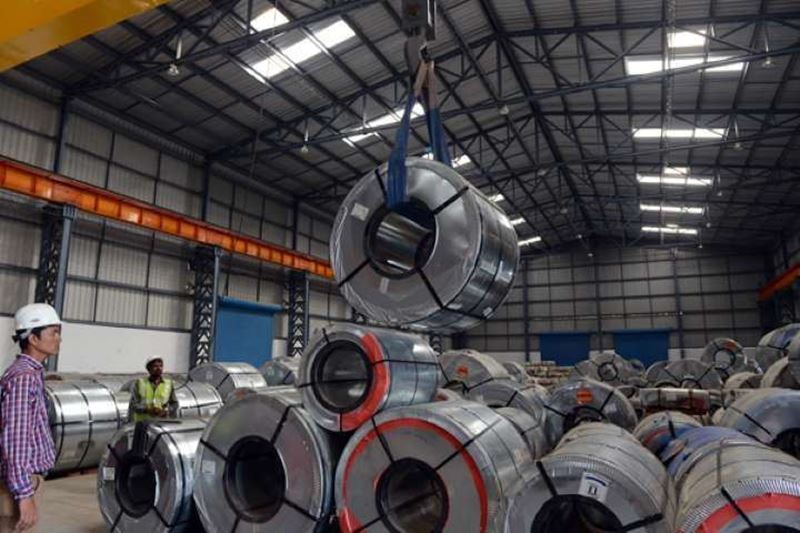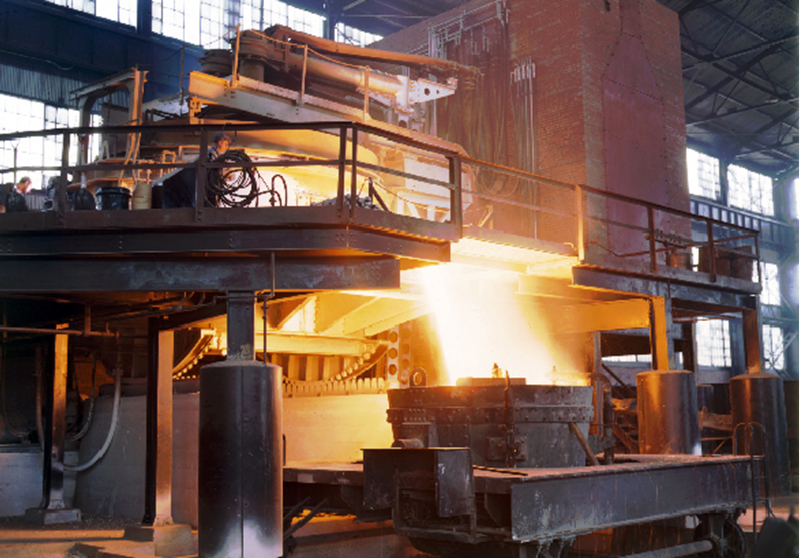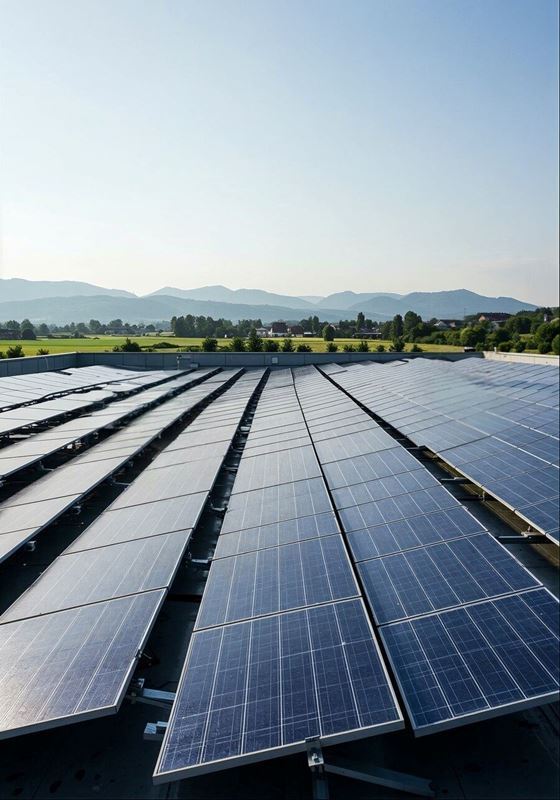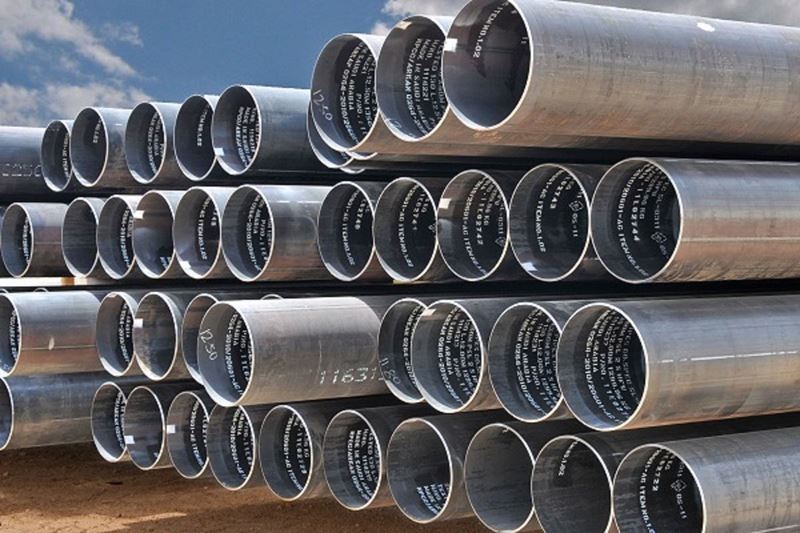AST's move was motivated by the challenges posed by high energy costs, especially in the face of import pressure from Asia. This closure decision has the potential to affect not only the economic balance of the company, but also regional labor and industrial policies.
High Energy Costs and Competitive Pressure
AST's temporary closure, which will take place at the end of September, is expected to last one week. The company's reason for taking this difficult decision lies in its inability to cope with lower-cost imports, especially from Asia. According to AST, electricity costs in Italy are considerably higher than in other European countries. For example, energy costs in countries such as France and Germany are one-third of Italy's. In the first seven months of 2024, AST's electricity costs averaged at EUR 97/MWh, compared to EUR 21/MWh in France and EUR 32/MWh in Germany. This situation stands out as one of the main factors negatively affecting the company's competitiveness.
Industrial Policies and Trade Union Reaction
AST's decision has given impetus to the ongoing debate about the future of the Italian steel industry. The company's decision to close and its strategies to deal with costs have become a major topic of debate among unions and politicians. In particular, Valerio D'Alo, national secretary of the Fim-Cisl union, called on the government to take action to reduce energy costs and improve the competitiveness of the national steel industry. These high rates of energy costs are reportedly overshadowing the potential benefits of the company's current investments.
In the fiscal year 2021/2022, Arvedi AST posted a profit of EUR 187 million and the company's turnover amounted to EUR 3.2 billion. However, despite this positive picture, the company faced a dramatic increase in energy costs. Electricity costs increased by 166% and natural gas costs by 245%. These cost increases continue to challenge the company's operational profitability, and it is argued that this may also affect future production plans.
High energy costs and competitive pressures pose a major threat to the Italian steel industry. Whether the government will intervene and the measures to be taken will be one of the key factors that will shape the future of the industry.











Comments
No comment yet.